Category: Plant / Animal Species
PARAQUAT HERBICIDE
19, Sep 2019
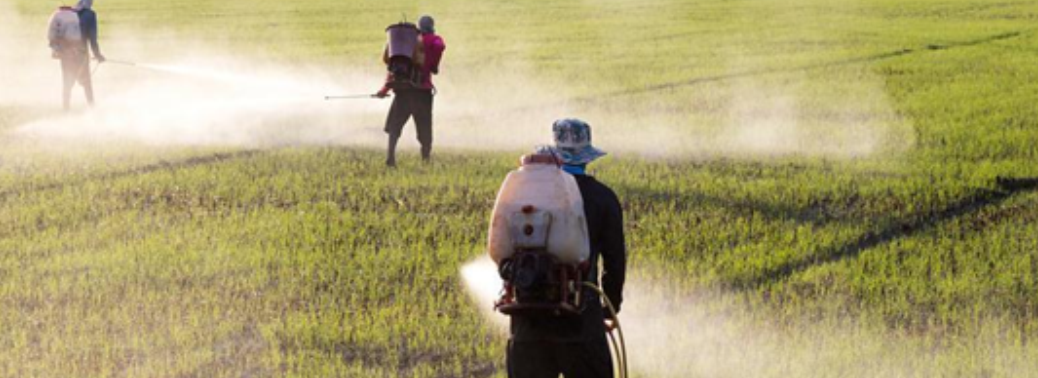
Why in News?
- The use of herbicide Paraquat killed around 170 people in the last two years in Odisha’s Burla district leading to demands for its ban.
Highlights:
- Paraquat is a toxic chemical that is widely used as an herbicide (plant killer), primarily for weed and grass control.
- It has been banned in 32 countries including Switzerland, where herbicide producing company Sygenta is based.
- Paraquat also figures on the list of 99 pesticides and herbicides the Supreme Court to ban in an ongoing case.
- Paraquat dichloride is being used for 25 crops in India, whereas it is approved to be used on only nine crops by the Central Insecticide Board and Registration Committee. This is a violation of the Indian Insecticides Act.
- So far in India, only Kerala has banned the herbicide.
- Another violation: since farmers can’t and don’t read the label on paraquat containers, retailers sell paraquat in plastic carry bags and refill bottles.
Why lethal?
- There is no antidote to this herbicide, the consumers of which complain of kidney, liver and lung problems.
- They may recover from kidney problems, but die of lung- and liver-related ailments. Some also witness kidney failure.
- Paraquat is yet to be listed in the prior informed consent (PIC) of Rotterdam Convention, is an international treaty on import/export of hazardous chemicals signed in 1998.
- If a chemical figures in the PIC, the exporting country has to take the importing nation’s prior consent before exporting it.
Rotterdam Convention:
- The Rotterdam Convention is formally known as the Convention on the Prior Informed Consent Procedure for Certain Hazardous Chemicals and Pesticides in International Trade.
- It is a multilateral treaty to promote shared responsibilities in relation to importation of hazardous chemicals.
- The convention promotes open exchange of information and calls on exporters of hazardous chemicals to use proper labeling, include directions on safe handling, and inform purchasers of any known restrictions or bans.
- Signatory nations can decide whether to allow or ban the importation of chemicals listed in the treaty, and exporting countries are obliged to make sure that producers within their jurisdiction comply.
- India is a party to the convention, with 161 other parties.
COW TOILETS’ TO CUT EMISSIONS
31, Mar 2019

- Teaching cows to use the toilet is not the easiest task, but a Dutch inventor is banking on a new bovine urinal to help cut emissions that cause environmental damage.
The Experiment:
- The cow toilets are currently being tested on a farm in Doetinchem and seven of its 58 cows have already learned how to use them without the need for stimulation. The urinal is in a box placed behind the cow, while in front is a feeding trough.
- Once the animal finishes eating a robot arm stimulates a nerve near the udders, which then makes it want to urinate.
- The device collects some of the 15 to 20 litres of urine that the average cow produces a day that produces huge amounts of ammonia.
- Bovine urine is kept aside from solid manure to reduce the release of ammonia.
Cow Urine and Global Warming:
- Cow urine a minor fount of research in India for its medicinal benefits may also contribute to global warming.The urine from the ruminant is a source of nitrous oxide emissions (N2O), a gas that is 300 times more powerful than carbon dioxide.
- Most times, when cow urine is used in degraded pastures, which are also seen in vast tracts of land in India, N2O emissions are tripled, says a study conducted in Colombia, Argentina, Brazil, Nicaragua, Trinidad and Tobago.
- Less understood
- That cattle and livestock are a significant source of methane, a greenhouse gas, and therefore a contributor to global warming, is well-known. However, the role of cow urine isless understood.
- For the study, researchers collected urine from cattle and spilled 500 millilitre samples on paired cattle fields classified as degraded or healthy, which was determined by vegetation
- coverage. In six of the seven test sites, degraded pastures emitted significantly more N2O sometimes up to three times as much
It’s a frog! It’s a squirrel! It’s a drongo
24, Mar 2019
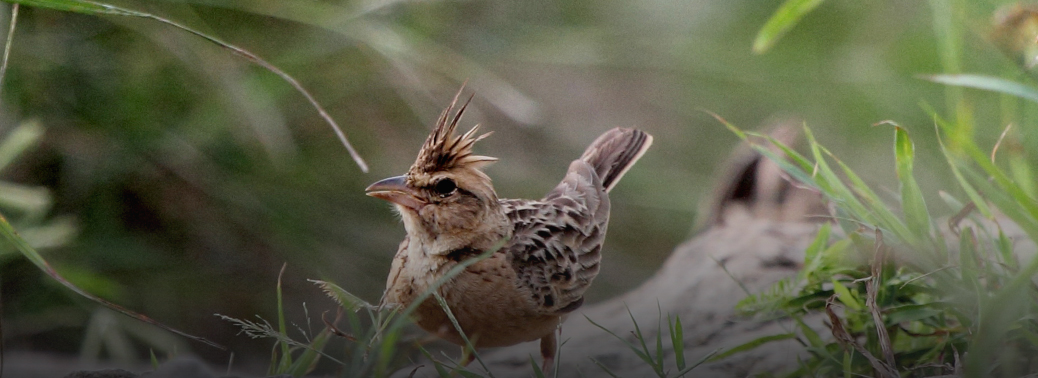
One of the first books about racket-tailed drongo was Salim Ali’s The Book of Indian Birds. Ali writes that the racket-tailed drongo in flight with its long tail feathers streaming behind it gives the illusion of the bird being pursued by a pair of large bumble bees.
Tailored calls
- Racket-tailed drongos imitating nearly 40 species of birds, two mammals, two frogs and even an insect.
- This extensive repertoire doesn’t mean they learn every sound they hear and reproduce it for no reason at all. Instead, they tailor their calls to regale their audience.
- They impress potential mates with the breadth and complexity of their performance.
- However, drongos don’t restrict mimicry to their breeding season alone.
- They make good use of this skill to fill their stomachs.
- As sentinels, the drongos impersonate the agitated calls of other species, as if alerting them of an approaching predator in their language spreads the message better.
- This rallies the entire mob to drive the menace away or flee from it. They amplify others’ warnings too.
Greater Racket-Tailed Drongo:
- The greater racket-tailed drongo is a medium-sized Asian bird which is distinctive in having elongated outer tail feathers with webbing restricted to the tips.
- They are conspicuous in the forest habitats often perching in the open and by attracting attention with a wide range of loud calls that include perfect imitations of many other birds.
- One hypothesis suggested is that these vocal imitations may help in the formation of mixed-species foraging flocks, a feature seen in forest bird communities where many insect feeders forage together.
- These drongos will sometimes steal insect prey caught or disturbed by other foragers in the flock and another idea is that vocal mimicry helps them in diverting the attention of smaller birds to aid their piracy.
- They are diurnal but are active well before dawn and late at dusk. Owing to their widespread distribution and distinctive regional variation, they have become iconic examples of speciation by isolation and genetic drift.
Birdman of India
- Salim Moizuddin Abdul Ali was an Indian ornithologist and naturalist referred to as the “Birdman of India“, Salim Ali was the first Indian to conduct systematic bird surveys across India and wrote several bird books that popularized ornithology in India.
- He became a key figure behind the Bombay Natural History Societyafter 1947 and used his personal influence to garner government support for the organisation, create the Bharatpur bird sanctuary (Keoladeo National Park) and prevent the destruction of what is now the Silent Valley National Park.
Protected areas matter to bump head parrot fish
24, Mar 2019
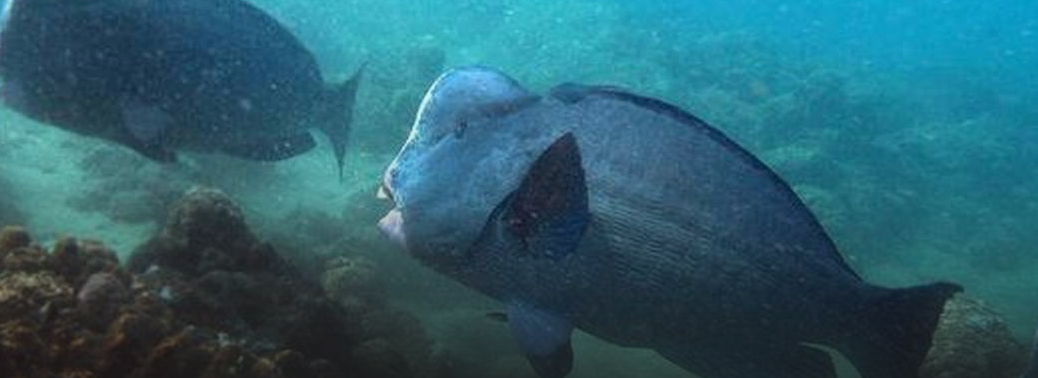
The survival of the threatened bumphead parrotfish in the Andaman and Nicobar Islands hinges on the persistence of coral reefs and presence of marine protected areas. Implementing fishing regulations could help its population bounce back.
The Bumpheads:
- Bumpheads are the world’s largest parrotfish.
- Ramming its enormous green head against corals to dislodge them, a single bumphead can nibble up to five tonnes of coral every year.
- Though seemingly destructive, this activity promotes coral growth and keeps reef ecosystems healthy. However, numbers of bumphead parrotfish have decreased worldwide.
- Overfishing is a concern, for the fish are highly prized catches.
Threats
- A large body size, aggregating behaviour and limited activity at night make B. muricatum an easy target for spear-fishers.
- Combined with slow growth and low replacement rates, this has resulted in population decline across the Indo-Pacific and Red Sea region.
- The study reports that the presence of a protected area, live coral and algal cover, significantly influenced the distribution and abundance of
- Incidental catch by fishers and degradation of coral reef habitats are two potential threats to the species.
- Evidence of low abundance of muricatumon ocean reefs surrounded by deep waters, and traits such as limited dispersal and gregariousness, could also have influenced the distribution and abundance of this fish.
- The findings suggest the necessity to ban night fishing for the species and to implement regulations regarding reef fishing.
Plastic harms Galapagos wildlife
24, Mar 2019
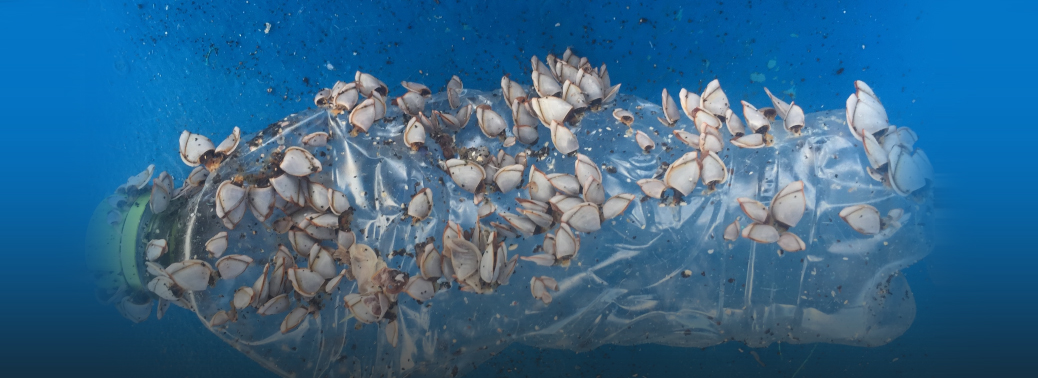
Tonnes of plastic waste wash up on the shores of the Galapagos islands where microparticles end up in the stomachs of species found only in the Pacific archipelago 1,000 km west of mainland Ecuador.
Those microparticles, often from waste discarded in big cities from other countries and even continents, are perhaps one of the greatest threats to the iguanas, tortoises, birds and fish of the Galapagos.
Food chain
The tiny plastic pieces become part of the food chain that we may later feed on.
Sun rays and the ocean’s saltwater break down bottles, bags, lids, containers and fishing nets.
What are microplastics?
- Microplastics are tiny particles which are present in many sources, including carry bags and pet bottles. These tiny particles easily pass through water filtration systems and end up in the water bodies, posing a potential threat to aquatic life. Microbeads, a kind of microplastic, are used as exfoliates in some cleansers and toothpastes. Even though banned in US and Canada, microbeads are still used in India.
- Often called “salt sized” chips of plastic, microplastics don’t just resemble salt; they can be in it too. So if the sea contains plastics, so do the products we harvest from it. What is worse is that so far there are no water filter systems which can filter microplastics.
How does plastic get into water?
- These microscopic fibres originate in everyday activities such as abrasion of clothes, upholstery, and carpets. About 60 per cent of all our clothes are made from polyester, a form of plastic derived from fossil fuel. Another kind of plastic, styrene butadine is released from vehicular tyres, which lands into sewers and water bodies.
How harmful is it?
- Microplastics can migrate through the intestinal wall and travel to lymph nodes and other bodily organs, shows the Orb report. Microplastics have also been shown to absorb toxic chemicals linked to cancer and other illnesses, and then release them when consumed by fish and mammals. So if plastic fibers are in your water, experts say they’re surely in your food.
What’s the solution?
- The report suggests that the solution lies in making the producers responsible for waste management, and creating new non-polluting materials. Most of all, we need to make sure microplastic does not enter water and reduce plastic usage. The most important thing is to understand individual plastic consumption. Not buying plastic bottles and carry bags, avoiding straws, washing synthetic clothes less often can bring about a difference not just to the environment but to our bodies.
Galapagos Islands
- The Galapagos Islands, part of the Republic of Ecuador, are an of distributed on either side of the equator in the Pacific Ocean surrounding the centre of the Western Hemisphere, 906 km (563 mi) west of continental Ecuador.
- The islands are known for their large number of endemic species and were studied by during the second voyage of HMS Beagle.
- His observations and collections contributed to the inception of Darwin’s theory of natural selection.
- The Galapagos Islands and their surrounding waters form the of Ecuador, the Galápagos National Park, and the Galápagos Marine Reserve.
- The principal language on the islands is Spanish. The islands have a population of slightly over 25,000.

Report On Conservation Of Elephant
04, Mar 2019
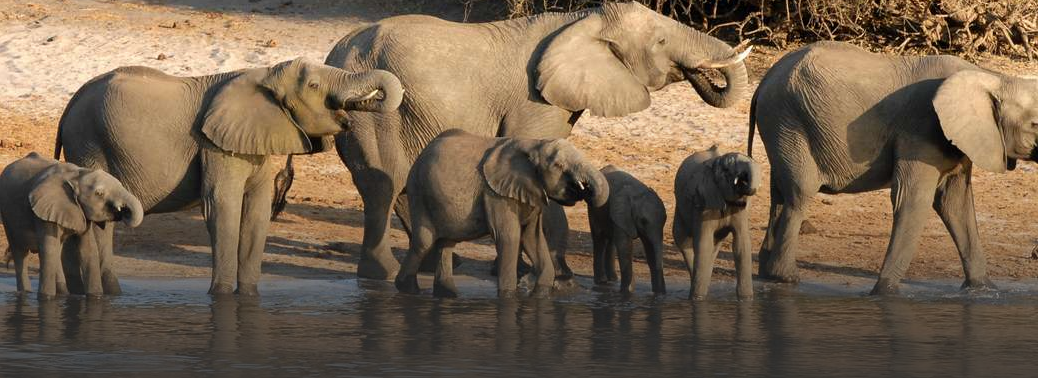
In News
- Scientists have called for “joint conservation activities” for the protection of the herd of six female elephants surviving under severe anthropogenic stress may be helped by trans-boundary conservation.
About:
- In a publication titled “The importance of trans-boundary conservation of the Asiatic Elephant Elephas maximus in Patharia Hills Reserve Forest, northeastern India”, scientists have called for “joint conservation activities” for the protection of the herd. The paper was published in the Journal of Threatened Taxa. For several years now, the beleaguered group has been negotiating the international border between India and Bangladesh, ranging from the western side of the Karimganj district of Assam to the eastern side to the Sylhet district of Bangladesh.
- Researchers said that its last male elephant died almost five years ago, causing the population to stagnate. Electrocution caused the death of a female elephant in 2017.
Reason:
- The elephants are now divided into two small herds with three in each group, and one herd always follows the other. They stay on both sides of the forest, that is, the sections in India as well as Bangladesh, and cross the border frequently. They have broken border fences to use their migratory corridor.
- A greater part of the elephants’ habitat lies in southern Assam’s Patharia Hills Reserve Forest, where a lot of illegal settlements have come up in the recent decades.
- The publication points out that “if conservation action is not taken up, the Reserve Forest (RF) will be a dense human settlement area without any trace of wildlife in the near future.” “During the summer, from April to July, the elephants stay in Bangladesh, while in the winter, from November to December, they prefer to remain in the forest patches and tea estates of the Indian side.
- The elephants shifting pattern of migration may be due to the food shortage on both sides as anthropogenic activities have increased. for you.
19 Amphibian species are critically endangered: ZSI List
22, Jan 2019
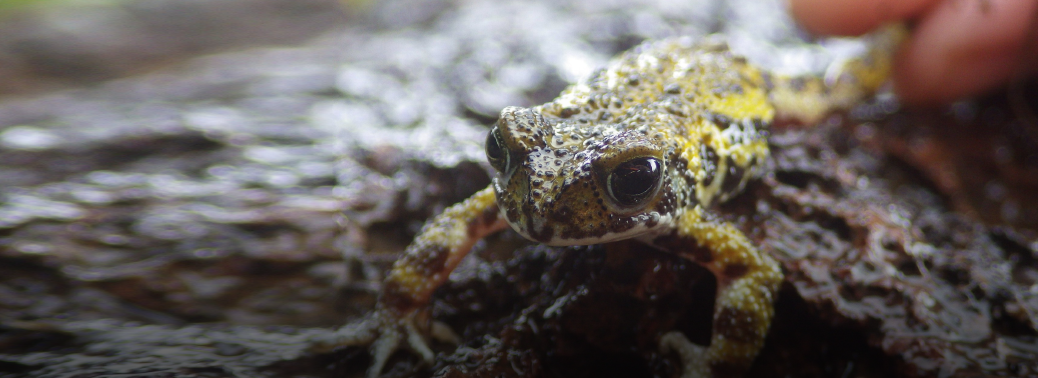
In News:
- An updated list of Indian amphibians was released on the Zoological Survey of India (ZSI) website, with 19 species being treated as critically endangered and 33 species as endangered.
Explained:
- Since 2009, the scientists of the ZSI in collaboration with other institutes have been updating the Indian amphibian checklist periodically. In 2009, the total number of species listed was 284. In 2010 it was 311, in 2011 it was 314, in 2012 and 2013 it was 342, in 2015 it was 384 and in 2017 it was 405 species.”
- The list also notes if the species are in danger, according to the International Union for Conservation of Nature (IUCN). The current list bears the names of 432 amphibian species from India, the year of discovery and their IUCN ‘red list’ conservation status.
- Among the amphibians listed, 19 species are treated as critically endangered and 33 species as endangered, noting that the list describes 19% of amphibians as data deficient species and 39% as not assessed by the IUCN.
Flamingo Fete a Huge Draw at Pulicat Lake
21, Jan 2019
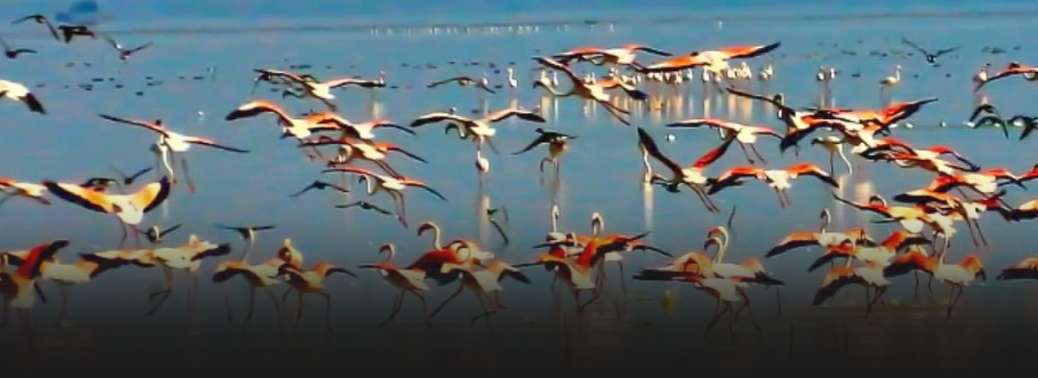
Context:
- The Flamingo Festival had a flying start on Sunday with tourists, both domestic and foreign, making a beeline for the picturesque Pullicat lake, a safe haven for migratory birds.
Details:
- It was a virtual treat for bird watchers as over 90,000 birds have come from faraway places to the lake this year, though belated in view of the late arrival of the northeast monsoon and the failure of the southwest monsoon.
- The lake is the second largest brackish water ecosystem in the country after the Chilika lake in Odisha.
- It was a memorable experience for the bird lovers who thronged the place as a large number of birds dotted the barringtonia trees,where they have built nests to raise their offspring.
- The birds return to their homeland once the offspring get the capacity to withstand the long journey.
Eco-tourist hub:
- Launching the State festival, Agriculture Minister Somireddy Chandramohan Reddy said Sullurpeta would be developed into an eco-tourist hub with better infrastructure to woo tourists in a big way.
- He outlined the efforts being made by the State government year after year to augment the tourist facilities not only at Sullurpeta but also in Nelapattu, Atakanithippa and Bhimunivaripalem for the benefit of visitors to enjoy the flight of, among other birds, flamingos, pelicans and storks in their natural environment. He commended the role of the local fishermen in protecting the ecosystem, even while eking out their livelihood.
- Sand art was created by artist M. Sanath Kumar to mark the event on the theme of mother nature taking care of the migratory birds at Atakanithippa.
- Twelve tonnes of sand were used to make images of migratory birds toiling for 10 hours, he said. Another piece of art work was created using 18 tonnes of sand at Nelapattu, also in 10 hours.
- It underscored the need to eliminate plastics which harmed the natural environment of birds and other beings.
- The approach roads and tourist infrastructure, including sighting towers were built at a cost of ₹3 crore by the district administration.
- Exhibitions were organised as part of the festival to create awareness among members of GenX on the brackish water ecosystem and the need for arresting biodiversity loss.
- Cultural programmes were also held to entertain the visitors who had come from far and near to enjoy the weekend.
Breedings Season Proves Fatal for Olive Ridleys
03, Jan 2019
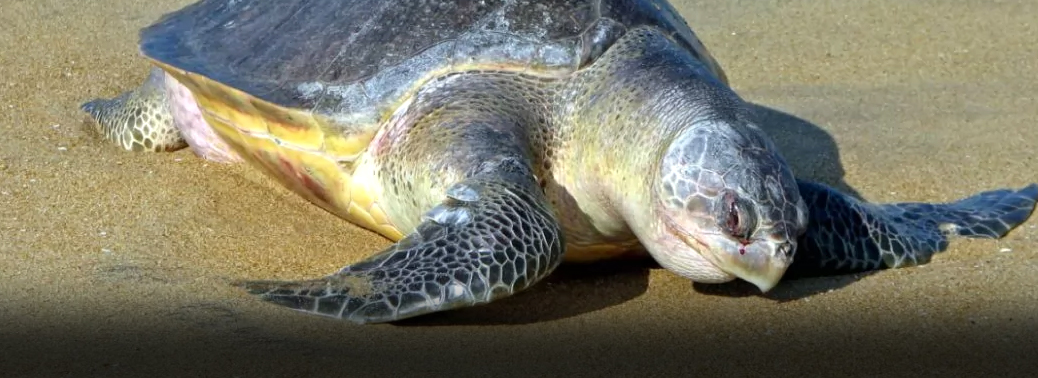
Context:
- Many of the first batch of olive ridley turtles that chose the Andhra Pradesh coast for the annual breeding season have died before they reached the destination, after being trapped in fishing nets.
Details:
- The coast, considered a safe breeding zone, is now witnessing deaths among the migrating turtles. The breeding season normally commences in January and the conservation authorities prepare the ground for the season until mid-summer.
- The prime reason for the rise in the deaths is the absence of the ‘Turtle Excluder Device’ in fishing operations. The Wildlife authorities have identified 12 locations to set up rookeries between the Krishna and the Koringa wildlife sanctuaries.
About Olive Ridley turtles:
- The olive ridley sea turtle (Lepidochelys olivacea), also known as the Pacific ridley sea turtle, is a medium-sized species of sea turtle found in warm and tropical waters, primarily in the Pacific and Indian Oceans, Atlantic Ocean.
- The name for this sea turtle is tied to the color of its shell. They are carnivores in nature.
- Olive Ridley Turtles are best known for their behavior of synchronized nesting in mass numbers called ‘Arribada’
- Nesting period: From October to early summer
- In the Indian Ocean, the majority of olive ridleys nest in two or three large groups near Gahirmatha in Odisha. The coast of Odisha in India is the largest mass nesting site for the olive ridley, followed by the coasts of Mexico and Costa Rica.
- Conservation status: Vulnerable according to the (IUCN) and is listed in Appendix I of CITES.
- Protection under The Convention on Migratory Species (CMS) and the Inter-American Convention for the Protection and Conservation of Sea Turtles
- Threats: Incidental take, particularly in shrimp trawl nets and near shore gill nets, direct harvest of eggs and adults for their meat and skin, Marine pollution (including oil spills) and debris.
- To reduce accidental killing in India, the Orissa government has made it mandatory for trawls to use Turtle Excluder Devices (TEDs), a net specially designed with an exit cover which allows the turtles to escape while retaining the catch. However, this has been strongly opposed by the fishing communities as they believe TEDs result in loss of considerable amount of the catch along with the turtle. WWF-India, along with its partners, disproved this theory
- by conducting a study to measure the loss of catch through TEDs, revealing the loss to be a very small percentage of the total catch. This result, along with regular meetings with the fishing communities, is slowly helping
- to change their mindset and encourage use of TEDs, thereby aiding the conservation of Olive Ridley turtles.
Exotic Tress Eating up Western Ghats Grasslands
03, Jan 2019
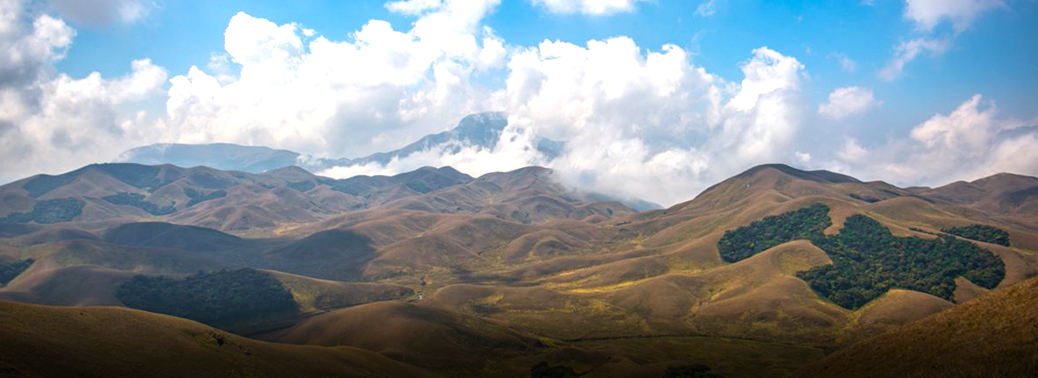
Context:
- There is a loss of grasslands in Western Ghats due to presence of exotic species.
Details:
- Though grassland afforestation using pine, acacia and eucalyptus ceased in 1996, the exotics still invade these ecosystems.
- Satellite images shows loss of grasslands in places such as Palani hills in Tamil Nadu Most of this loss occurred on the mountain tops of the Nilgiri, Palani and Anamalai hill ranges, which comprise more than half of the Ghat’s shola-grassland ecosystems, primarily due to the expansion of exotic trees (pine, acacia and eucalyptus)
- Even though no plantations were established between 2003 and 2017, invasion by existing trees increased areas under exotic plantations by 27% in the Palanis and 17% in the Nilgiris.
- Broadly, shola-grassland ecosystems in Tamil Nadu showed the highest rates of invasion. On the other side, shola forests have remained relatively unchanged over these years, giving a sense of relief. The Anamalai-Munnar areas have also remained stable during this time
About Shola forests:
- Shola forests are tropical Montane forests found in the valleys separated by rolling grasslands only in the higher elevations. The shola forests are patches of forests that occur only in the valleys where there is least reach of the fog and mist. Other parts of the mountains are covered in grasslands. The trees never grow on the mountain tops. This is such a unique landscape formation that is native only to the southern Western Ghats. The Shola forests are generally said to be found in altitudes above 2000 metres of sea-level. Although they are found from altitudes higher than 1600 metres.
- They are found only in the high-altitude mountains of the states Karnataka, Kerala and Tamil Nadu.
- Nowhere else in the world exist such a kind of forests.
- Due to high isolation and unique climatic conditions, the Shola forests are characterised by high endemism. The species of plants and animals found here are native to this region (this climatic region to be more specific) and such species cannot be found anywhere else in the world.
Cinereous Vulture Sighted in Jharkhand
02, Jan 2019

Context:
- It is considered as rare sight to visualize the bird in Jharkhand, as it would not extend
beyond Rajasthan normally
Details:
- It is usually during the winter that a distinctly dark large bird – the Cinereous vulture, with a blacked-tipped pink beak – migrates from the mountainous regions of Europe and Asia to warmer places, including India.
- While earlier records of this migratory bird have revealed that it comes to northern parts of India up to Rajasthan, bird watchers and researchers were baffled to find it in Hazaribagh in Jharkhand.
- The other three vultures Himalyan Griffon, White-rumped vulture and the Long-billed vulture were also present.
About Cinereous vulture:
- It is a large raptorial bird that is distributed through much of Eurasia.
- It is also known as the black vulture, monk vulture, or Eurasian black vulture.
- The cinereous vulture is a Eurasian species. The western limits of its range are in Spain and inland Portugal, with a reintroduced population in south France. They are found discontinuously to Greece, Turkey and throughout the central Middle East. Their range continues through Afghanistan eastwards to northern India to its eastern limits in central Asia, where they breed in northern Manchuria, Mongolia and Korea.
- IUCN status – Near Threatened.
About Himalayan Griffon vultures:
- The Himalayan vulture or Himalayan griffon vulture (Gyps himalayensis) is an OldWorld vulture in the family Accipitridae. Closely related to the European griffon vulture (G. fulvus) and once considered a subspecies of it, this species is found along the
Himalayas and the adjoining Tibetan Plateau - It is one of the two largest Old-World vultures and true raptors
- This is a huge vulture, and is perhaps the largest and heaviest bird found in the Himalayas
- Himalayan vultures are susceptible to toxicity induced by diclofenac, a drug whose residues in domestic animal carcasses has led to rapid declines in populations of other Gyps vultures across Asia. The Himalayan griffon vulture populations have however not shown signs of rapid decline although reductions in nesting birds have been noted in some parts of its range in Nepal.
- It has ‘Near Threatened’ status in IUCN
About White-rumped vulture:
- It is an Old-World vulture native to South and Southeast Asia.
- It has been listed as ‘Critically Endangered’ on the IUCN Red List since 2000, as the
population severely declined. - They die of renal failure caused by diclofenac poisoning.
About Long-billed vulture/Indian vulture:
- It is an Old-World vulture native to India, Pakistan and Nepal.
- It has been listed as Critically Endangered on the IUCN Red List since 2002, as the
population severely declined. - Indian vultures died of renal failure caused by diclofenac poisoning.
- It breeds mainly on hilly crags in central and peninsular India.






